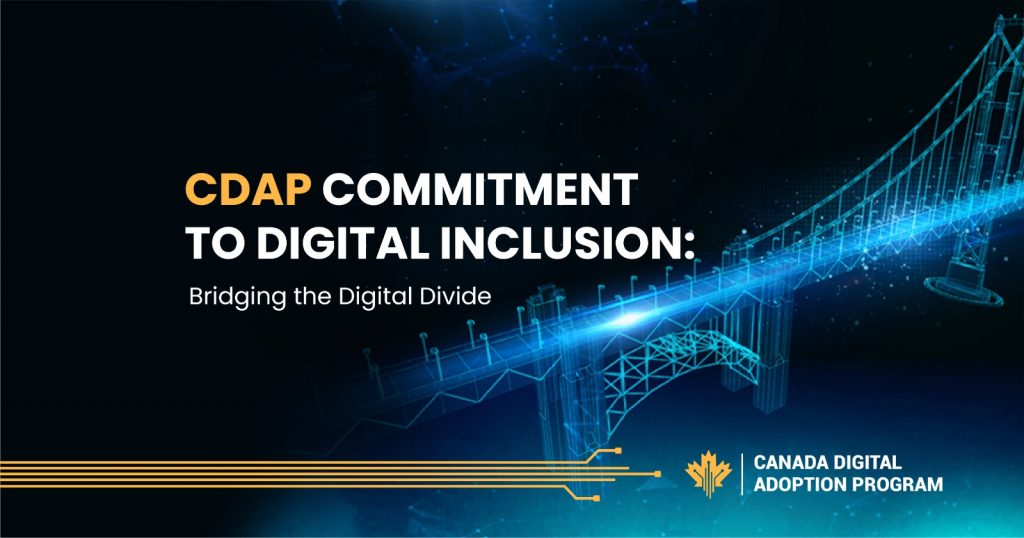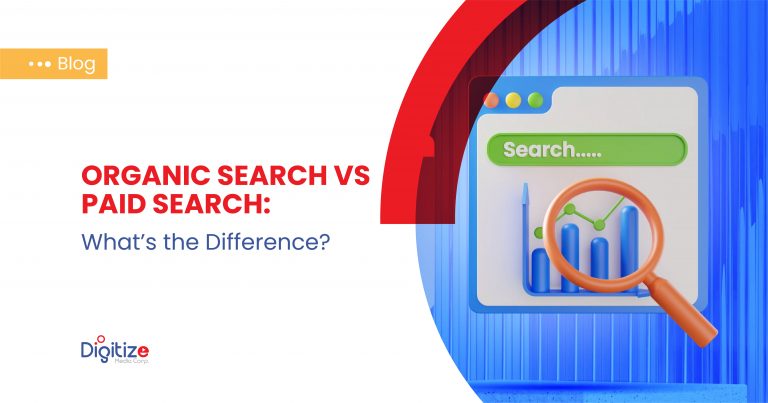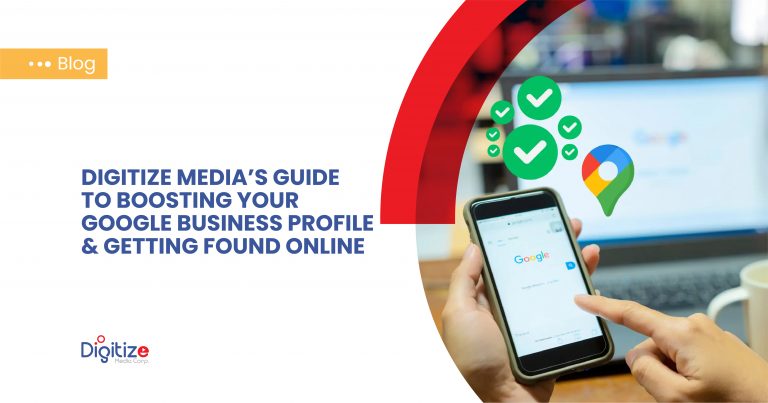In our rapidly evolving digital world, access to technology and digital skills has become more critical than ever. Yet, some need to catch up in the digital transformation process. Recognizing this digital divide, the Canada Digital Adoption Program (CDAP) in Edmonton has proactively promoted digital inclusion and accessibility. This article dives deep into CDAP’s efforts to ensure that no one is excluded from the benefits of the digital age.
Bridging the Digital Inclusion
Affordable Internet Access
One of the foundational pillars of digital inclusion is access to affordable and reliable internet connectivity. CDAP understands that with this essential resource, individuals and communities can participate in the digital age. To address this challenge, CDAP collaborates closely with internet service providers and community organizations to ensure that underserved areas and communities gain access to high-speed internet at affordable rates.
For many marginalized communities, the cost of internet access has been a significant barrier. CDAP’s efforts to negotiate affordable internet packages have made a substantial impact. Families, students, and remote workers in these communities can now stay connected, access educational resources, and participate in the digital workforce without incurring prohibitive expenses.
Technology Donations and Grants: Bridging the Device Gap
While internet access is vital, having access to the proper digital devices is equally important. CDAP recognizes that not everyone can afford the latest smartphones, laptops, or tablets. This digital device divide can hinder individuals from fully participating in online education, job searching, or telehealth services, particularly in low-income households.
To bridge this gap, CDAP collaborates with technology companies and manufacturers to provide device donations and grants. These initiatives extend to schools, nonprofit organizations, and community centers, where the devices can be distributed to those in need. Students, families, and community members can access these devices for educational purposes, job applications, and staying connected with family and friends.
By ensuring that digital devices are accessible to all, CDAP addresses a critical barrier to digital inclusion and empowers individuals with the tools they need to succeed in the digital age.
Digital Skills Training: Empowering Through Education
Access to technology and the internet is only one part of the equation. CDAP believes that true digital inclusion can only be achieved by empowering individuals with the necessary digital skills to navigate the digital landscape confidently. To this end, CDAP offers a comprehensive range of digital skills training programs catering to diverse needs and skill levels.
These training programs cover a wide range of digital competencies, from fundamental digital literacy to highly skilled technical abilities like programming, data analytics, and cybersecurity.
By offering diverse training modules, CDAP ensures individuals can choose programs that align with their goals and interests.
Moreover, CDAP’s training programs are designed to be flexible and accessible, accommodating individuals at various stages of their digital skills journey. Whether you’re a novice starting to explore digital literacy or an experienced professional looking to enhance your skills, CDAP’s training programs have you covered.
Inclusivity in Design: Accessibility Matters
CDAP doesn’t stop at providing access to the internet and digital devices; it actively advocates for inclusive design practices in the digital realm. The program recognizes that digital tools and platforms should be designed with inclusivity and accessibility in mind to accommodate individuals with disabilities.
Inclusive design principles encompass various aspects, from web and mobile app accessibility to user interfaces that can be navigated using assistive technologies. CDAP encourages web and software developers to adopt these principles, ensuring that websites and applications are accessible to everyone, regardless of their physical abilities.
By promoting accessible design, CDAP contributes to a more inclusive digital environment where individuals with disabilities can participate fully in online activities, from education to employment and social interaction.
Outreach to Underrepresented Communities: Leaving No One Behind
CDAP’s commitment to digital inclusion extends to underrepresented communities, including Indigenous populations, immigrants, refugees, and people with disabilities. These communities often face unique challenges regarding digital inclusion, such as language barriers, cultural differences, or specific accessibility needs.
CDAP actively engages in targeted outreach and community engagement efforts to address these challenges. The program collaborates with local organizations and community leaders who understand the unique needs of these communities. CDAP ensures that individuals in these communities know the available resources and have the support they need to become digitally literate.
By reaching out to underrepresented communities, CDAP aims to create a more equitable digital landscape where everyone has equal opportunities to access digital resources, acquire digital skills, and thrive in the digital age.
Empowering Communities for Social and Economic Growth
The impact of CDAP’s digital inclusion efforts extends beyond individual empowerment; it has profound implications for entire communities and society.
Education: CDAP’s initiatives mean that students of all backgrounds and locations can access online learning resources. Whether it’s a child in a remote Indigenous community or an adult learner seeking new skills, CDAP’s initiatives make learning accessible to all. This inclusivity in education can transform lives and break the cycle of educational disadvantage.
Employment: In today’s digital economy, digital skills are often prerequisites for employment. CDAP’s digital skills training programs help individuals confidently enter the job market. This, in turn, increases their employability and opens doors to better economic opportunities. For underprivileged communities, access to digital employment opportunities can significantly drive economic growth.
Social Inclusion: The internet is a gateway to social interactions, entertainment, and staying connected with loved ones. CDAP’s initiatives ensure that individuals previously excluded due to a lack of digital resources or skills can now participate in the digital social landscape. This social inclusion contributes to more robust, more connected communities.
Economic Growth: By fostering digital inclusion, CDAP contributes to economic growth by enabling small businesses, entrepreneurs, and startups to thrive in the digital marketplace. These businesses can reach broader audiences, streamline operations, and remain competitive, ultimately contributing to economic prosperity.
In Conclusion:
The Canada Digital Adoption Program (CDAP) in Edmonton bridges the digital divide by promoting digital inclusion and accessibility. Its multifaceted approach ensures that no one is left behind in the digital transformation process. CDAP’s initiatives empower individuals and communities, fostering a more inclusive and equitable digital society.
For individuals and communities seeking to benefit from CDAP’s digital inclusion initiatives, explore the program’s resources and training opportunities. Join CDAP in its mission to bridge the digital divide and unlock the potential of the digital world for all. Together, we can build a more inclusive and connected digital future.








